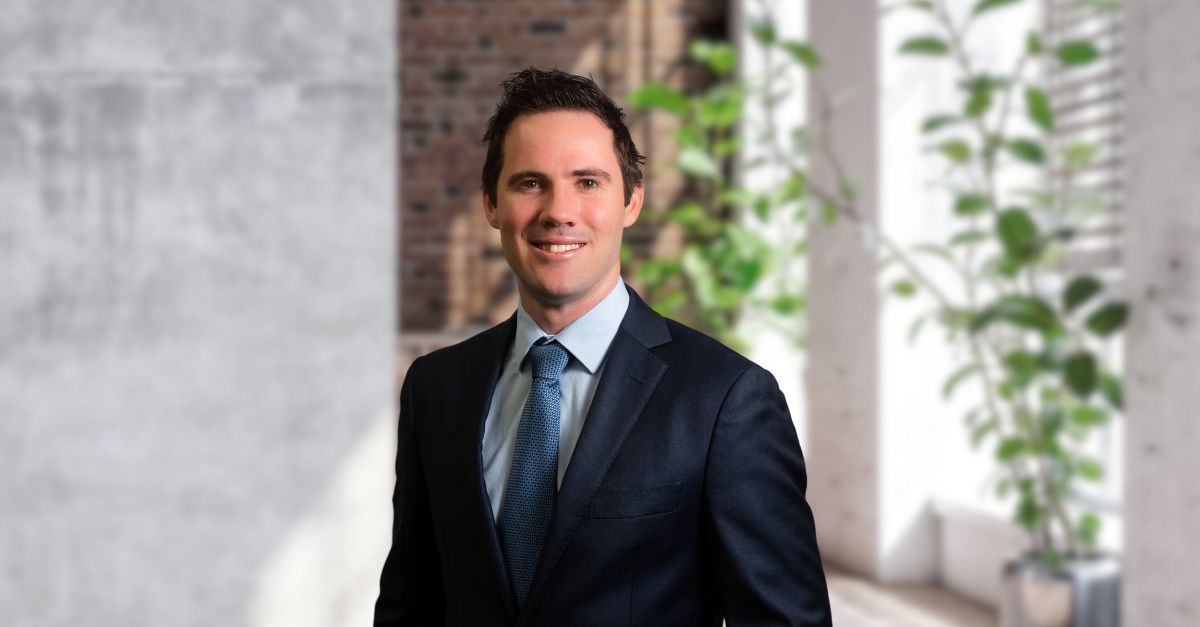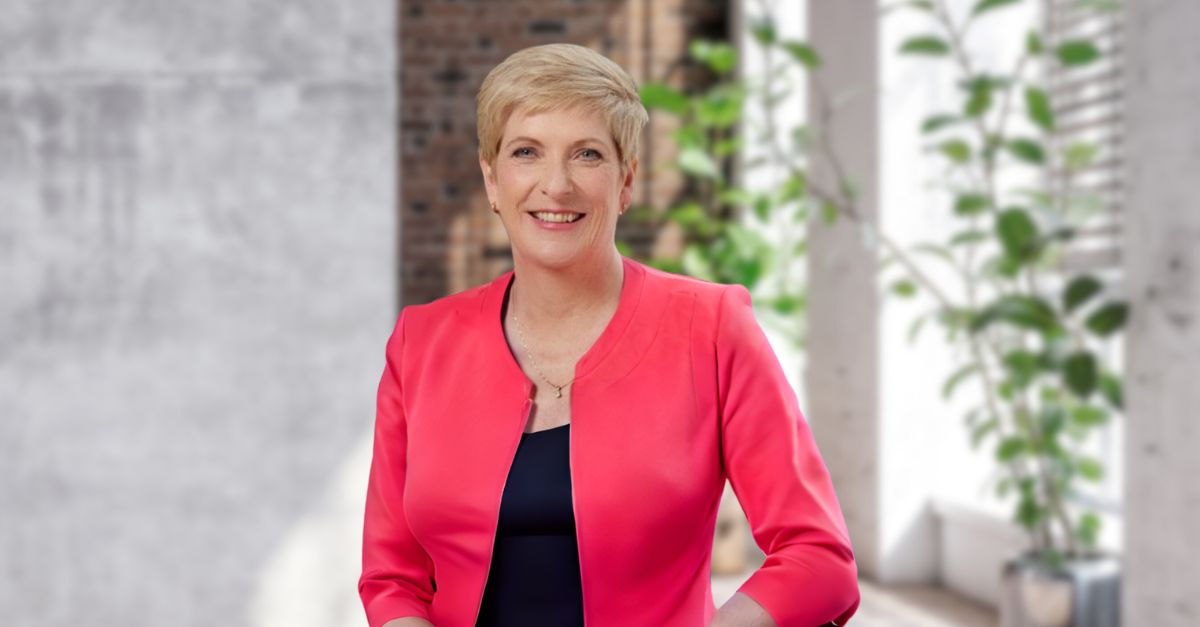Retirement Planning
Create the post-work life you want through holistic retirement planning.
The MiQ Difference
What Makes Us Leading Retirement Planners?
Retirement planning should be about more than just covering basic living expenses.
The average Australian lives to 83.
With a retirement age of 67, that’s 16 years of post-work living.
And 16 years is too long to just ‘get by’.
At MiQ, we believe that retirement planning should be based on your objectives; travelling to new places, cultivating a new hobby or three and spending time with the people you care about.
And, whatever your ideal retirement looks like, you need a holistic approach – one that focuses on more than just your finances – to help you get there.
- Advice available in eight languages, inc. Mandarin & Japanese
- Holistic retirement strategy that aligns with your post-work goals
- Collaboration with external finance professionals like accountants and lawyers
Client Testimonial
“For over twenty years we used Retirement Designs to manage our financial affairs and superannuation and were always very happy with the service we received. During this time Helen was introduced to us and worked on our portfolio in her competent way.
Since we have transferred to MIQ Private Wealth, Helen has had full management of our account. We have always found Helen to be generous with her time, helpful and clear in her expert knowledge and totally dependable. As retirees, we are pleased to recommend her services and expertise in seniors’ financial affairs.”
Gary and Cheryl
Wynnum
Our Approach
How Retirement Planning Works
The MiQ five-point planning framework makes achieving your post-work goals simple.
Objectives and Timelines
1. Define your goals
Your first meeting with your financial adviser will initially be focused on one thing:
What do you want your post-work life to look like?
They’ll help you define your highest-priority goals – financial, personal, or otherwise – and also ask you about the level of investment risk you’re comfortable with.
Financial Audit
2. Assess your finances
Before you can improve your finances, you need to understand them.
Your financial adviser will start with a thorough audit of your existing financial position, including your superannuation, investments, and liabilities.
They’ll also look at your average fortnightly income and expenditures – which often have opportunities for high-impact low-effort savings.
Investments, Spending and Super
3. Develop a strategy
Once your MiQ adviser understands your post-work goals and your current financial situation, they’ll put together a statement of advice (SoA).
An SoA is a written document that outlines the exact strategies, products and services that will help you achieve your objectives.
Depending on the complexity of your needs, your adviser may also liaise with other professionals like your solicitor or accountant.
Retirement planning is, by its nature, multidisciplinary – and getting specialist perspectives on complex areas like tax and succession law means a better outcome for you.
Advice Implementation
4. Implement your strategy
Once you’ve signed off on your SoA, your planner will start implementing the advice they’ve given.
Depending on your post-work goals, their work could include:
- putting together an achievable budget based on your lifestyle requirements
- adjusting your super strategy to improve your balance
- undertaking estate planning
- helping you select investment classes and individual products
- setting up tax-efficient vehicles like SMSFs.
Strategy Adjustment
5. Review your strategy
A retirement plan is a living strategy, not something you can set and forget.
Ideally, you should have your planner review your strategy at least once a year to account for lifestyle, financial, and economic changes.
If you experience a big life event – such as divorce, remarriage, or a significant change in income – make sure you talk to your planner as soon as possible about retirement planning implications.
Pass on your legacy in the right way.
Your work. Your wealth. Your choice. Make sure your estate goes to the people you want.
Your Retirement Planning Questions, Answered
FAQs
Yes, you should always get financial advice when you retire. Going from earning a consistent income to living on investments and superannuation is difficult, which is why 63% of Australians aged 65 and over receive government support.
Ideally, you should start planning for retirement as soon as possible, regardless of how old you are. The sooner you can define your post-work goals and create a plan, the easier realising them will be.
If you haven’t previously received financial advice, retirement planning can still help. A holistic financial adviser can help you reduce wasteful spending, improve your superannuation strategy, and access government benefits that you’re entitled to. Each of those steps can increase your disposable income, which you can use to fund a more comfortable post-work lifestyle.
The 4% rule is a retirement planning concept that suggests you can make your money last through 30 years of retirement by withdrawing 4% (adjusted for inflation) of your total investments each year. Although the 4% rule can be a useful concept, it has several drawbacks.
It was invented in 1994 by American financial adviser William Bengen. The most obvious issue is that Bengen didn’t design his rule to account for Australian super laws, which have minimum drawdown percentages for account-based pensions that start at 4% and increase to 14% by age 95. That alone makes the 4% rule difficult to work with, unless you want to invest your surplus super withdrawals into investments.
The financial landscape has also changed hugely since 1994, with rising costs of living and different market circumstances. That means the 4% rule may not be suitable for older Australians grappling with very different financial scenarios to Bengen’s clients.
The best way to work out how much you should withdraw and spend each year in retirement is to meet with a financial adviser. They can give you modern, personalised advice that reflects your unique post-work goals, and can adjust that advice if unexpected events like COVID occur.
Yes, inflation affects how much money you need to retire. Inflation is a normal part of how the economy works; the RBA aims to maintain an inflation rate of 2–3% each year.
For example, if you had all $100,000 sitting in a bank account at the start of a year where inflation was at 3%, the purchasing power of that money would decrease by 3% by the end of the year, effectively making your $100,000 ‘worth’ $97,000.
Inflation is one reason why it’s important to invest your money. Interest on your savings and appreciation of assets are two mechanisms that help offset inflation-induced decreases in purchasing power. For example, if you had your $100,000 invested in an ASX 200 index fund that saw returns of 9.3% that year, your $100,000 would increase to $109,300 – which, adjusted for inflation, would be ‘worth’ $106,021.
As such, your money should be invested in a way that maintains its value against inflation – something that the right retirement strategy can enable.
According to AFSA, you’ll need $595,000 to retire comfortably as a single person at 65. Couples need just $690,000 between them to achieve a comfortable retirement. (A comfortable retirement is one that allows you to maintain a good standard of living – good healthcare, occasional meals out, leisure activities, a reliable car, and a well-maintained home.)
Your Age | Approximate Super Balance for a Comfortable Retirement |
27 | $41,500 |
37 | $133,000 |
47 | $252,000 |
57 | $415,500 |
67 | $595,000 |
If you have $100,000 in super at retirement (as a single person or as a couple), you can maintain a modest post-work lifestyle – basic healthcare, an older vehicle, limited takeout meals, and so on. Your super income will be supplemented by the Age Pension, so you won’t need as much as someone living a comfortable retirement.
Keep in mind that, if your super isn’t currently on track, you still have plenty of options. Your financial adviser can help you do things like adjust your super strategy and increase your concessional contributions, which can improve your balance over time.
The maximum basic Age Pension rate you expect to receive as a single person or as a member of couple is available here. You’ll be eligible for that rate if you earn less than a minimum income required as a single person or as a member of a couple.
While it’s certainly possible to live off the full Age Pension, you may find that having only a limited amount to spend per week is difficult, particularly if you don’t own your own home. Holistic retirement planning can help you save enough money to live comfortably both today and when you’re ready to stop working.
Insights
Build Your Financial Knowledge
Learn more about home loans with our easy-to-read articles and guides.
Life shouldn’t stop when work does.
Book an Initial Consultation for Retirement Planning.




